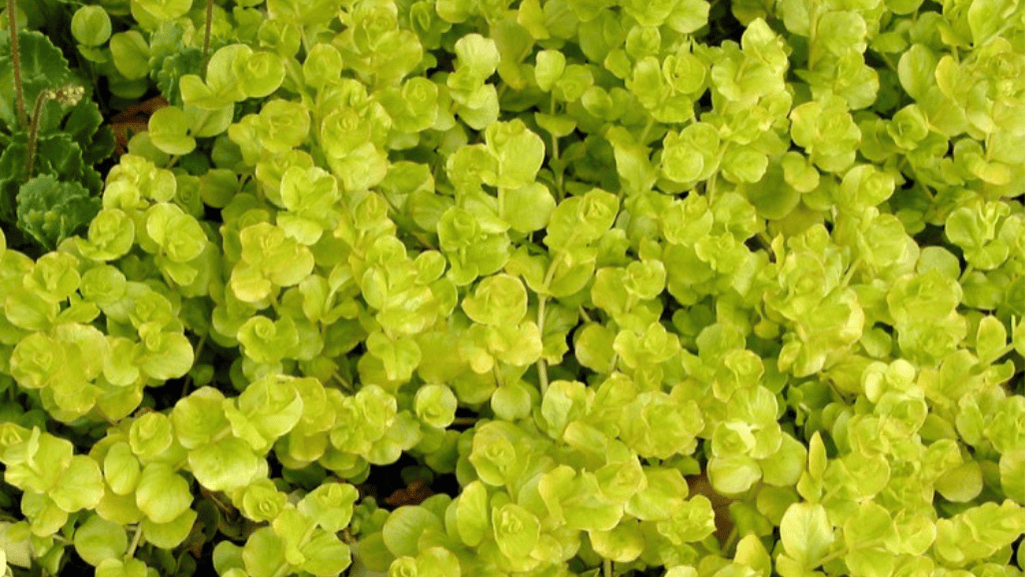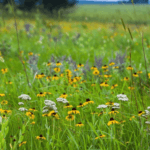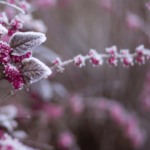
Beautiful flowers gardenia Plants For Your homes

Transforming shady corners of your yard into lush spaces is easy with the right ground covers. These plants control erosion, suppress weeds, and add beauty and texture. Gone are the days when ivy was the only choice; now, many plants thrive in low light.
Evergreen groundcovers like Pachysandra and Mondo Grass stay green all year and need little care. For those fighting deer, Bunchberry and Wild Ginger are both beautiful and tough. Drought-tolerant options like Lilyturf and Carpet Bugle save water while looking great.
Choosing the right shade ground cover is key to a beautiful, easy garden. It turns tough spots into stunning areas that enhance your home and yard.
Ground covers are a smart choice for shady spots in your garden. They grow low and cover the ground, making dull areas look green and lush. These plants not only make your garden look better but also help keep the soil moist and weeds away.
Ground covers are great at stopping soil erosion. Their thick leaves and spreading growth hold the soil firm, preventing it from washing away. They also keep weeds down, saving you from a lot of weeding.
Ground covers are also easy to care for. They need less water, food, and cutting than lawns or flower beds. Many ground covers, like liriope, are tough and can grow well in different soils and light.
But, growing plants in shade has its own set of problems. Shade plants need the right amount of light to grow well. It’s important to pick plants that match your garden’s light conditions.
Shade can also mean dry soil, especially under big trees. Tree roots can take up a lot of water and nutrients, making it hard for plants to get what they need. To help, choose plants that don’t need much water and add organic matter to the soil. Watering and mulching regularly can also keep the soil moist and support your plants.
Even with these challenges, ground covers can make shady areas beautiful and easy to care for. By choosing the right plants and taking good care of them, you can have a stunning garden that doesn’t take much work to keep up.
When picking ground covers for shaded spots, look for certain traits. These plants should have dense foliage, work well with different soils, and need little care.
Good shade ground covers grow low and form a thick mat. This stops weeds and looks nice in the shade. Bugleweed (Ajuga reptans) is a great example, growing 6 inches high and keeping weeds away.
Creeping Jenny (Lysimachia nummularia) and Creeping Thyme (Thymus serpyllum) are also good. They grow 2-5 inches and 2-6 inches tall, respectively.
Shade ground covers should work well with different soils. This makes them perfect for many landscapes. Wild Ginger (Asarum canadense) loves moist woodland soils, while Bearberry (Arctostaphylos uva-ursi) does well in dry, rocky areas.
Spotted Nettle (Lamium maculatum) is great because it grows in both wet and dry soils. It’s perfect for many shaded spots.
When picking shade ground covers, think about their soil adaptability. This ensures they grow well in your landscape.
Choose ground covers that need little care for shaded areas. They should not need frequent pruning, fertilizing, or dividing. Here are some examples:
By picking shade-loving ground covers with these traits, you can have a beautiful, easy-to-care-for landscape. These plants will cover the ground well, adapt to different soils, and need little upkeep. They’re perfect for naturalized shade gardens.
Choosing the right perennial ground covers for shade is key. There are many plants that look great and work well in low-light spots. They have beautiful leaves, flowers, and can handle tough shade. Let’s look at some top picks for your woodland garden or shady spots.
Sweet woodruff is a fast-spreading ground cover for shade. It creates a fragrant, dense carpet of leaves and white flowers. It’s hardy in zones 4 to 8 and grows 6 to 8 inches tall. It’s perfect for woodland gardens or under trees because it’s easy to care for.
Bunchberry is a beautiful, low-growing dogwood for shade. It has whorled leaves, white flowers, and red berries. It grows 4 to 8 inches tall and is great for zones 2 to 8. It’s a great choice for shaded areas.
Lilyturf, or liriope, is a versatile ground cover for shade. It has grasslike leaves and blue-violet flowers. It grows 8 to 12 inches tall and is good for zones 4 to 10. Its evergreen nature and soil tolerance make it reliable for shady gardens.
Wild ginger, like Asarum shuttleworthii, is a great shade ground cover. It has low mats of patterned leaves and hidden flowers. It’s for zones 4 to 9 and grows 4 to 8 inches tall. Its deep roots help it survive drought, making it easy to care for in shade.
When picking perennial ground covers for shade, think about hardiness zones, growth habits, and soil needs. This ensures they do well in your landscape.
Choosing low-growing evergreens for shaded spots in your garden is key. There are many great options that stay green all year and cover the ground well. These plants are perfect for making shaded areas look lush and green.
Pachysandra, or Japanese pachysandra, is a great choice for USDA zones 4-8. It grows low and forms a thick mat of shiny, dark green leaves. This helps keep weeds away and makes shaded spots look nice. It’s easy to care for and works well in many types of gardens.
Mondo grass, especially the black variety, is a standout in shaded areas. It’s hardy in zones 6-11 and has long, thin leaves in deep black or dark green. It grows up to 8 inches tall, making it great for borders or Japanese gardens. Plus, it keeps rabbits and deer away.
Carpet bugle spreads quickly and forms dense clusters of colorful leaves. It’s hardy in zones 3-9 and blooms in the spring with blue, pink, lavender, or white flowers. It’s good for areas where people walk a little and keeps deer and rabbits away. Its bright leaves and ability to grow in different soils make it a favorite for shaded gardens.
When picking evergreen ground covers for shaded spots, think about hardiness zones, soil type, and how much water they need. This helps your garden do well.
Adding these evergreen ground covers to your garden makes it look lush and green all year. They’re easy to care for and make your garden more beautiful.
When picking the right ground cover for your shady spot, think about a few key things. These include light levels, soil type, growth habits, and how much they spread. Each one is important for finding the best shady area groundcovers for your space.
First, check how much light your area gets. Some plants, like Golden Star and Wild Ginger, love deep shade. Others, like Creeping Phlox (Phlox subulata), do well in partial shade but need some sun. Knowing your area’s light will help you pick the right plants.
Soil type and moisture are also key. Some plants, like Barren Strawberry, like rich, slightly acidic soil and can handle dry shade. Others, like Pachysandra and Wild Ginger, need moist, well-draining soil. Make sure your soil and moisture match the plants you choose.
Groundcovers are versatile and adaptable to various light, soil, and water conditions, making them an excellent choice for landscaping in challenging areas.
Ground covers differ in how they grow and spread. Some, like Creeping Phlox, grow in clumps and spread slowly. Others, like Pachysandra and Ajuga, spread fast through roots or runners. Think about barriers or edging to keep them in check. Also, check their mature size and spread to fit your planting area.
When picking ground covers for shade, remember a few things:
By considering these factors and picking the right plants, you can create a stunning, easy-to-care-for landscape that thrives in the shade.
Choosing the right ground covers for shady areas depends on several factors. These include soil type, moisture levels, and the look you want. Many low-maintenance options are available to turn dull spaces into beautiful gardens.
Perennial groundcovers like wild ginger and woodland phlox need less care once they’re established. They grow 3 to 6 inches high and spread out.
Evergreen groundcovers, such as Japanese pachysandra and periwinkle, add interest all year. They grow 6 to 12 inches tall and help keep weeds away. Sweet woodruff blooms in late spring and loves moist soil, needing 1 to 2 inches of water a week.
Lily of the valley is another great choice for shade. It helps prevent soil erosion and keeps moisture in with mulching.
When picking ground covers for shady spots, think about how they grow and spread. Bugleweed grows 3 to 6 inches tall, while Virginia sweetspire can grow up to 8 feet tall. By choosing the right ground covers, you can create beautiful, easy-to-care-for spaces that enhance your home.




